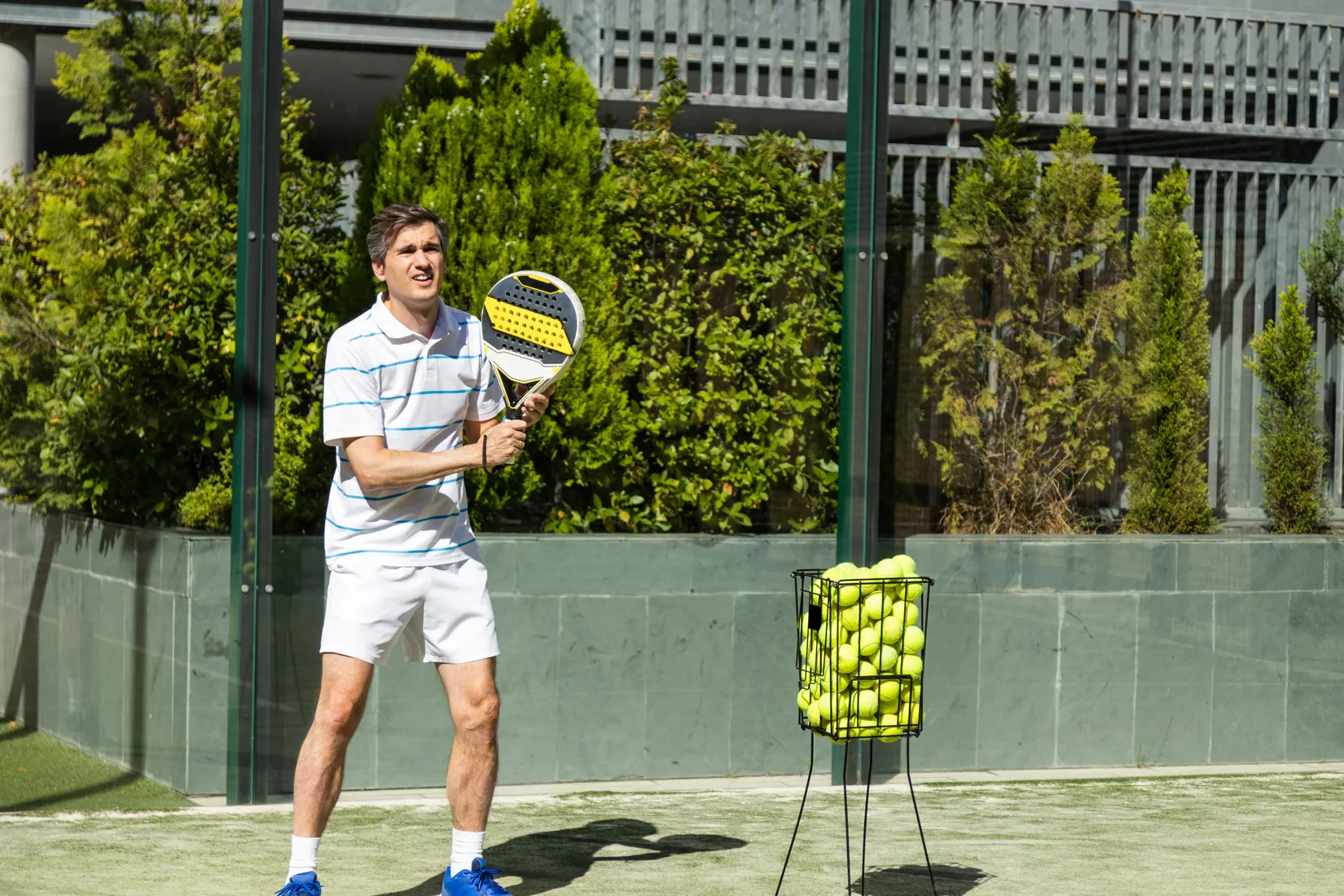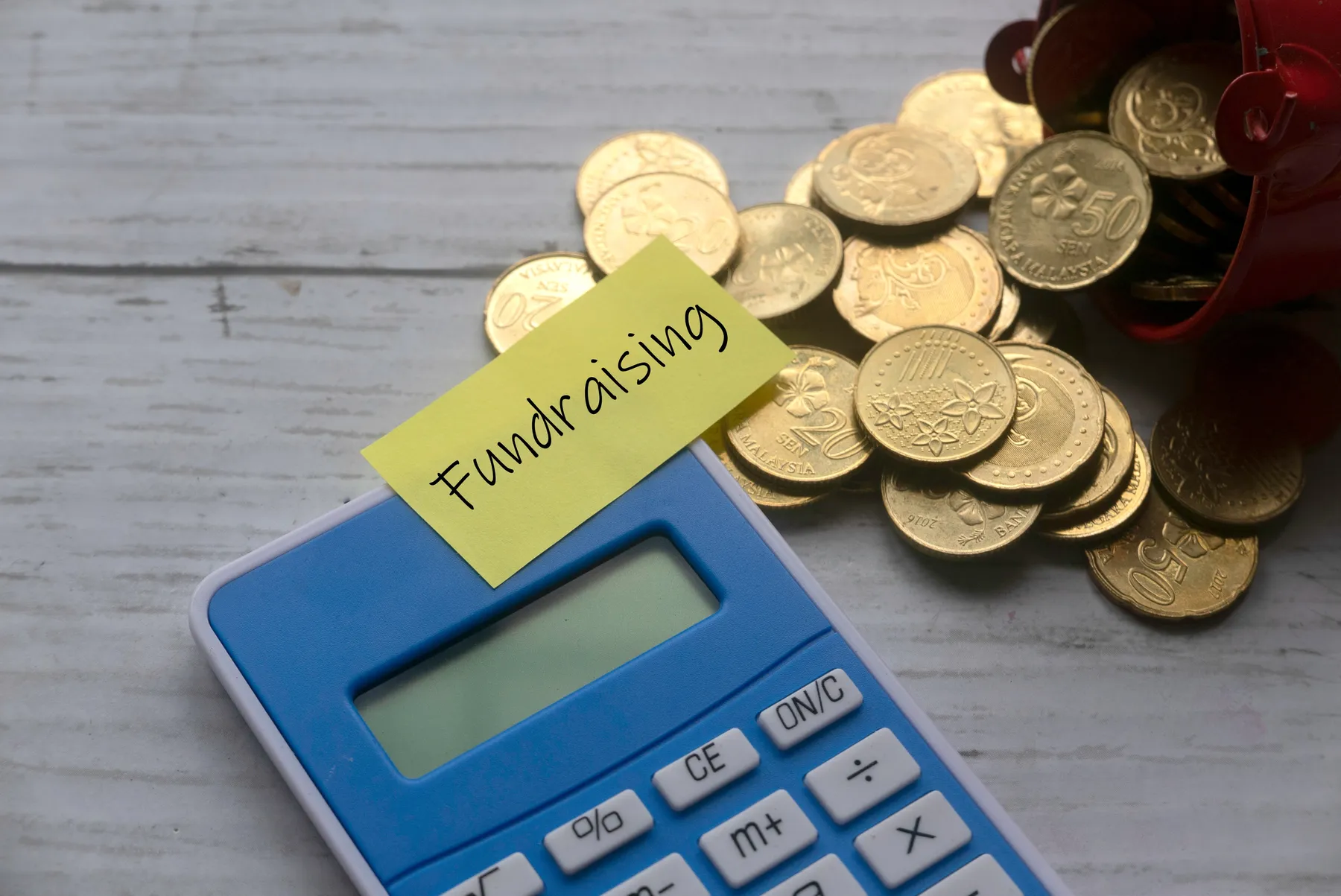Introduction
Padel, the world’s fastest-growing racket sport, combines tennis and squash to create a thrilling game. Invented in Mexico in 1969, it is popular with players of all ages and ability levels because of its interesting gameplay and sociable nature. Like squash, Padel uses a smaller court with barriers where balls can be played off.
In 2024, Padel’s fast-paced action and strategic, team-based play continue to attract newcomers worldwide. Let’s explore some amazing facts about this sport and why many flock to Padel courts worldwide.
Fact 1: The Origins and Global Spread of Padel
The Birth of Padel in Mexico (1969)
Enrique Corcuera invented padel in Acapulco, Mexico, in 1969. Padel, a modified form of tennis built for his garden, immediately captured the interest of his friends and family, leading to its expansion.
Journey to Spain and European Adoption
Prince Alfonso of Hohenlohe-Langenburg brought the sport to the Marbella Club in Spain in the late 1970s. The first Spanish Padel club was founded when the European elite fell in love with the game’s simplicity and little court space.
Global Popularity and the 2024 Surge
Since arriving in Europe, Padel has become a fixture of Spanish sports culture and has spread beyond continents. Padel courts will be in over 50 countries by 2024, with a significant presence in Europe, North America, and South America.
The activity is popular in competitive and recreational settings because of its accessibility and social benefits. With professional competitions drawing global audiences and amateur players joining local clubs, Padel’s sports significance has grown recently.
Fact 2: The Unique Padel Court and Equipment
Features of a Padel Court
Padel courts are 20 meters long and 10 meters wide, smaller than tennis courts. Padel courts’ glass or solid walls are crucial to the game. The barriers allow the ball to be played after bouncing, making tennis more three-dimensional. This innovative design allows players to make clever off-wall plays, making each match unpredictable and exhilarating.
Padel Equipment: Rackets and Balls
The equipment used in Padel is specially designed to complement the court’s compact size and unique play style:
- Rackets: Solid, stringless padel rackets are manufactured of carbon fiber or fiberglass. These smaller rackets, with perforated surfaces instead of strings, provide players with more control and power.
- Balls: The Padel balls are similar to tennis balls but less compressed. They are softer and less bouncy, perfect for the smaller, enclosed court, and help extend rallies and improve strategy.
This particular equipment and court design set Padel apart from other racket sports, making it more accessible and fun for players of all skill levels and ages.
Fact 3: The Rules and Scoring System
Basic Rules of Padel
Padel combines elements of tennis and squash, creating a unique set of rules that cater to its specific play style:
- Service: The serve must be underhand and below the waist level, starting from the correct service box and alternated with each point.
- Playing the Ball: Like squash, players can hit the ball over the net or off the walls. The ball must bounce on the opponent’s side, and serving off the walls is prohibited.
- Scoring: Like tennis, games in Padel are scored as 15, 30, 40, and game points. However, unlike tennis, the ball can be played off walls, complicating rallies.
Scoring System and Gameplay Dynamics
Padel uses a scoring system identical to tennis:
- Games and Sets: Matches are typically played in a best-of-three format. The first team to win each set wins six games with a margin of two games over the opponents.
- Dynamic Play: The score encourages quick exchanges and fast play. Padel points are fast and demand quick reflexes and intelligent positioning due to the smaller court’s ability to play off barriers.
This scoring system and rules of play make Padel matches fast, exciting, and strategically deep. They give players several options to build points and challenge their opponents. Wall play boosts game dynamics, making each match exciting for players and spectators.
Fact 4: Health Benefits of Playing Padel
Physical Benefits
Padel offers a multitude of physical benefits that contribute to overall health and fitness:
- Improved Coordination and Agility: Padel requires fast exchanges and frequent direction changes, which improve coordination and agility. Players also improve their motor skills by using accurate racket handling and positioning.
- Cardiovascular Health: Padel is a great aerobic workout. Continuous movement raises heart rate and stamina. Since the sport is fast-paced, players train hard and build endurance.
- Muscle Toning: Playing Padel works many muscles. The legs for mobility, the core for balance, and the arms and shoulders for racket swings all get a workout, improving muscle tone and strength.
Mental Health Benefits
Beyond the physical, Padel also offers significant mental health benefits:
- Stress Relief: Physical activities like Padel reduce stress. Game focus can be a meditation, helping players forget daily stress and focus on the sport.
- Enhanced Social Interaction: The doubles game of padel is sociable. This promotes socialization and relationship-building. They were playing together, whether competitively or recreationally, can build community.
- Cognitive Benefits: Padel improves tactical thinking and mental attentiveness. Strategy and problem-solving improve as players anticipate and respond quickly to their opponent’s moves.
Padel is enjoyable, engaging, and holistic, improving physical and mental wellness. Its accessibility and sociable character make it excellent for those who want to improve their health and enjoy teamwork.
Fact 5: Padel in 2024: Tournaments and Technological Advances
Significant Padel Tournaments in 2024
As Padel continues to grow in popularity, 2024 sees an impressive lineup of international tournaments that showcase the best talent in the sport:
- World Padel Tour: Elite professional Padel tournaments in Europe, the Americas, and Asia draw top players worldwide.
- The Padel World Championship: This biennial competition has national teams from over 30 countries competing for the global crown, creating an intense and enthusiastic atmosphere.
- Regional Championships: Regional competitions like the European and Pan American Padel Championships show the sport’s growth and global competition.
Technological Advancements in Equipment and Court Construction
The year 2024 also witnesses significant technological advancements in Padel, enhancing the player experience and the sport’s appeal:
- Advanced Racket Technology: Racket design innovations include composite materials that improve durability and performance. Smart rackets with sensors that track player performance and provide real-time feedback are becoming increasingly popular, helping players improve.
- Court Construction Innovations: Indoor courts now have improved lighting and durable, explicit wall materials that improve player and spectator visibility. Some courts have computerized scoreboards and robust sound systems to improve viewing.
- Player Training and Analysis Tools: VR and AR are increasingly used for teaching. These virtual match tools assist players in improving their tactics and reaction times without a court.
These advancements improve the way the game is played and experienced and contribute to the sport’s growing professionalism and accessibility. As Padel continues to evolve, these innovations ensure that it remains an exciting, inclusive, and forward-thinking sport, attracting new players and audiences alike.
Conclusion:
Padel has transformed racquet sports with its unique blend of tennis and squash, small playing space, and fascinating social dynamics. The sport’s accessibility makes it ideal for all ages and skill levels, from beginners to experienced athletes seeking a fun way to exercise.
The dynamic gameplay, strategic wall use, and physical and mental benefits of Padel justify its expanding popularity. Technology, infrastructure, and worldwide tournaments show the sport’s potential for expansion and international prominence.
Start playing Padel now if you haven’t already. With more facilities and sports recognition globally, finding a place to play and learn is easier than ever. A new activity, a means to interact with others, or a demanding competitive sport—Padel has it all. Grab a racket and join the global Padel community in enjoying this great sport.





